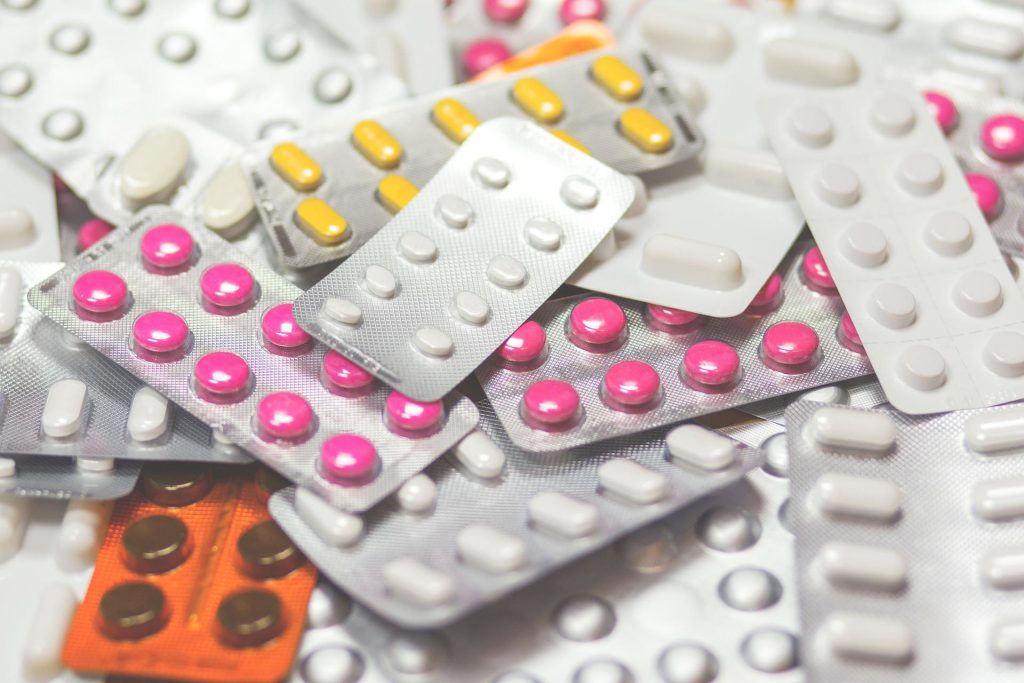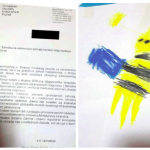As Poslovni Dnevnik/Josipa Ban writes, counting the pennies within the wider Croatian healthcare system, especially in the consumption of medicines, is now more needed than ever. We’ve been witnessing accumulated debts for medicines for decades now, which, after numerous rehabilitation attempts by the Ministry of Finance, are still far from reduced. In fact, they only grew enough to reach slightly more than six billion kuna at the end of April this year.
HUP – the Association of Pharmaceutical Manufacturers have been warning about some of these debts for some time, noting that they definitely can be reduced. The Croatian healthcare system’s annual savings could rise from the current 300 million to as much as one billion kuna if consumption were to increase and the procedure for including generic drugs on HZZO’s list of drugs for the Croatian market was finally accelerated.
There are some substitute drugs that come to the Croatian market when the patent rights to the original drug eventually expire. As their placing on the Croatian market means more competition, the price of the medicine also drops at the same time. The situation here, at least according to data from back in 2019, is that 61 percent of the volume in the consumption of prescription drugs across the Republic of Croatia is made up of generic drugs, and they only account for 5% of the total healthcare sector’s budget.
“Although this percentage has been increasing over the years, it’s still somewhat lower than the EU average, which stands at 67 percent. This shows us that there is still a great potential for the use of generic drugs in this country,” they emphasised from HUP- the Association of Medicines Manufacturers, whose members, in the period from 2010 to 2020, invested a total of 5.4 billion kuna. As far as biosimilar medicines are concerned, the situation is much worse, and back in 2019 they occupied a modest 13 percent of the Croatian market.
A complicated procedure…
One of the reasons for the lower consumption of generic and biosimilar drugs, which causes higher expenditures for such medicines, is the procedure that manufacturers must go through in order to get on HZZO’s drugs list.
Jerko Jaksic, president of the PharmaS Management Board and president of the HUP Association of Drug Manufacturers, explained that the process of placing a generic drug on the Croatian market takes approximately one to two years.
“The first stage is the registration of the drug with HALMED or, for biosimilar drugs, with the European Medicines Agency (EMA). After approval from HALMED or EMA, it takes up to six months for the HZZO to place the drugs on their list. Although the situation is somewhat better than it was around ten years ago, that part of HZZO could and should be accelerated. What I mean by that is that following HALMED and EMA approval, these medicines should automatically be included in the lists of medicines, without any additional administrative steps because there’s no need for them. Unfortunately, here too we have an example of resistance to changes and adaptation of the system, as well as the classic slowness of the administration,” pointed out Jaksic, adding that automatic inclusion would speed up processes and the arrival of medicines on the Croatian market, as would cheaper drug therapies for patients in three to six months.
“It would also bring savings of several tens of millions of kuna on an annual level for the entire Croatian market,” said the president of the PharmaS Management Board. HUP noted that the role of generic and biosimilar drugs is extremely important for both the healthcare system and the patients themselves.
“In fact, these drugs make many key therapies available to more patients, and for the same or at a lower cost than before their introduction. For example, two to three boxes of prescription drugs issued in Croatia come from the generic industry, and the share of generic drugs in the cost of all drugs is only 27 percent. If we look at the pharmacy system, the share of generic drugs is 65 percent, and this accounts for less than 40% of the drugs budget,” they explained.
Great potential
In addition to all of the aforementioned, there is no fear for the patient because prescription drugs and generic drugs are the most organised part of the healthcare system. Jerko Jaksic noted that their importance has long been recognised by GPs. However, hospital doctors are not yet following suit.
“Hospital doctors have a lower level of knowledge of generic and especially biosimilar therapies, they also lack a developed awareness of the financial savings they can enable. There’s a great untapped potential there, above all in the sense of using cheaper generic and biosimilar therapies in order to reduce costs for hospitals,” said Jaksic.
There are, therefore, several mechanisms that we must change in order to accelerate the introduction of generic and biosimilar drugs on the Croatian market, and thereby contribute to significant savings.
“It’s necessary to systematically implement the existing regulations for the determination of the price of drugs, to include generic drugs on HZZO’s drugs list faster, and to enable the faster penetration of generic and biosimilar drugs into the wider hospital system,” the HUP Association of Drug Manufacturers believes.
With these measures, along with measurements of treatment outcomes, they say, savings in the healthcare system can reach up to 1 billion kuna per year. So, the ruling party has a solution. But is the will there?
For more, make sure to check out our dedicated lifestyle section.










